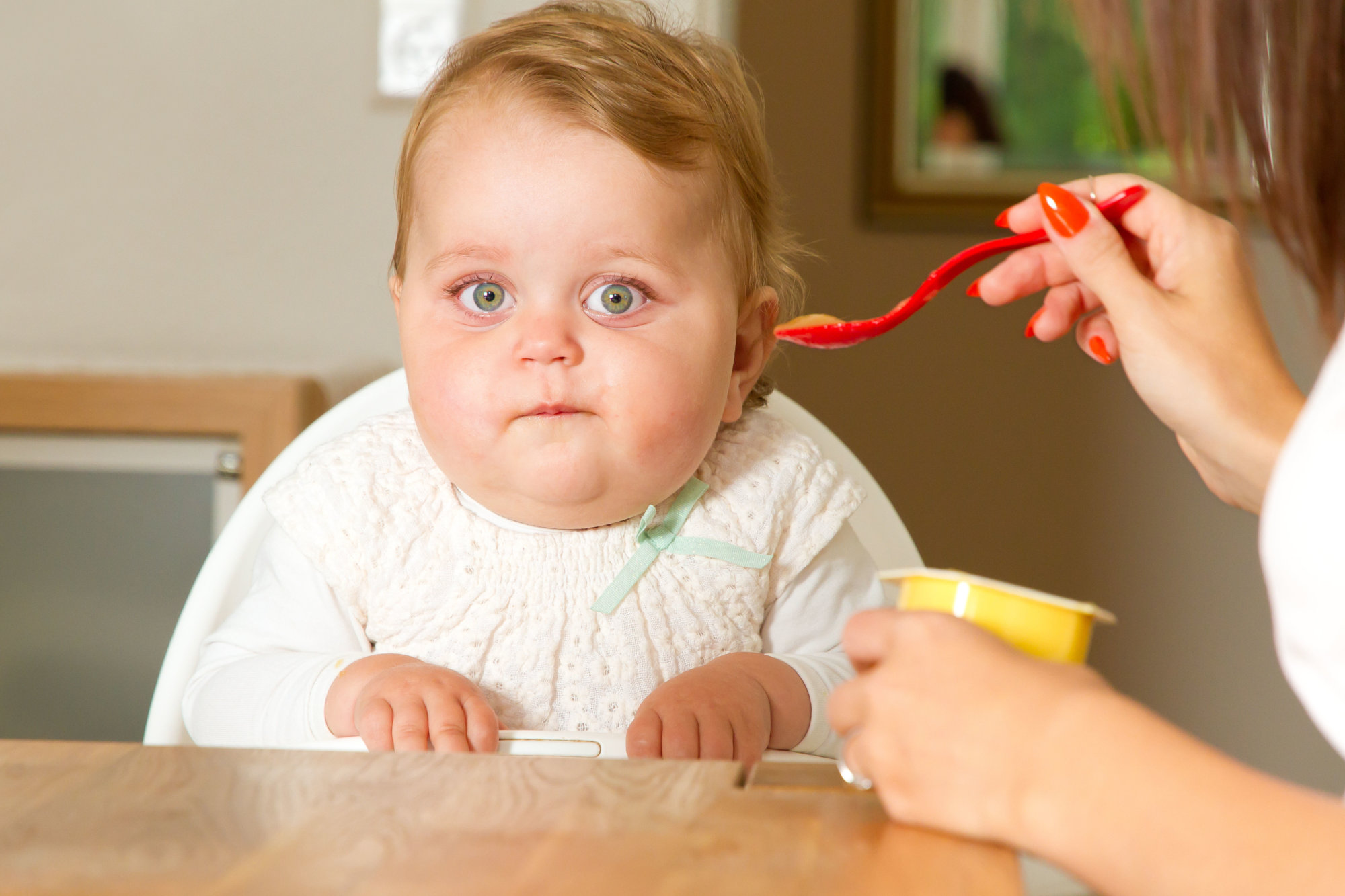How to make sure your baby doesn't eat too much

WASHINGTON — Parents who feed their babies or toddlers too much food could be setting them up for childhood obesity — and possibly a lifetime of weight challenges.
So how can you tell when your baby is full?
Researchers have found there’s one way to control how much your baby consumes, according to Lean Plate Club™ blogger Sally Squires.
“The best thing that has proven to be helpful in preventing overweight and obesity in childhood is breastfeeding,” Squires told WTOP. “And I looked again at the numbers, and it really is kind of staggering.”
Children who are exclusively breastfed for the first months of their lives, she said, are protected from being overweight or obese.
“In fact, each month that a child is breastfed, cuts the risk of weighing too much at age 2 by about 4 percent,” Squires said. “Or, put another way, every week that a child is breastfed reduces the odds that they’ll weigh too much at age 2 by about 1 percent.”
But why is breastfeeding so crucial to controlling obesity in babies?
Squires says it has to do with the bond that develops between a mother and her child.
Another factor is that when parents bottle-feed their kids, they might inadvertently force the baby to eat a little bit more than they want.
“You’re not picking up that the child is full,” Squires said. “When a child is breastfeeding, they just stop.”
“It’s a better way for them to get this idea that when they’re full, they’ll stop,” she said.
It’s also important for parents to pay attention to the cues their children give them about when they’re full and when they’re hungry.
“We all want to take care of our children, so we tend to give them things that we think will make them be healthy,” Squires told WTOP. “And sometimes we give them too much of those things.”
While every child is, of course, different, a new study in the journal Appetite suggests they all share similar hints about when they’re hungry or full.
“[The] babbling that you see infants do, or toddlers do, or turning the head to look at mom, or a child putting his or her hand toward their stomach or their mouth — those seem to all be hunger symbols,” Squires explained.
Children’s behavior and clues about their fullness changes over the course of the meal as well.
Researchers found that “at the beginning of the meal, kids would look at mom but then they kind of look away, and look back,” Squires told WTOP.
She says that happens more at the beginning and the middle of the meal, rather than the end.
The clearest sign kids gave when they were full?
Pounding on their highchair.
“That was a clear sign,” Squires said with a laugh. “‘Hey mom, stop, I’m done, I want to get out of the chair.'”
Like WTOP on Facebook and follow @WTOP on Twitter to engage in conversation about this article and others.
© 2018 WTOP. All Rights Reserved. This website is not intended for users located within the European Economic Area.
https://wtop.com/parenting/2018/10/how-to-make-sure-your-baby-doesnt-eat-too-much/
Tidak ada komentar